Η Μερόπη Αναστασιάδου, νομικός και ιστορικός, ερευνήτρια του Εθνικού Κέντρου Επιστημονικής Έρευνας της Γαλλίας στο τμήμα Τουρκικών και Οθωμανικών Σπουδών, δημοσίευσε το τελευταίο της βιβλίο το οποίο αναφέρεται στην Ελληνική κοινότητα του Πέρα του 19ου αιώνα (Les Grecs d’Istanbul au XIXe siècle, Histoire socioculturelle de la communauté de Péra) από τις ακαδημαϊκές εκδόσεις Brill.
Η Μερόπη Αναστασιάδου η οποία έχει αφιερώσει το κύριο αντικείμενο των μελετών της στις αστικές κοινωνίες του ευρύτερου οθωμανικού χώρου (19ος-20ός αι.) και της σύγχρονης Τουρκίας, καταπιάνεται με την ελληνορθόδοξη κοινότητα της περιοχής του Πέρα μέσα από αρχεία της περιόδου από το 1804 έως το 1923. Δημογραφικά στοιχεία, διοικητική οργάνωση, το προφίλ της αστικής τάξης, φιλανθρωπικό έργο και παιδεία αποτελούν τους κύριους άξονες του βιβλίου που υπογραμμίζει τις προσδοκίες και τον χαρακτήρα των μη μουσουλμανικών κοινοτήτων της αυτοκρατορίας στην περίοδο της εμφάνισης των εθνικισμών.
Η Μερόπη Αναστασιάδου είναι ακαδημαϊκός και έχει κυκλοφορήσει το 2007 το βιβλίο «Οι Ρωμηοί της Πόλης» αναδεικνύοντας την παρούσα κατάσταση της Πολίτικης Ρωμιοσύνης, ενώ στη Γαλλία παραδίδει σεμινάρια και διαλέξεις για την ελληνορθόδοξη κοινότητα προβάλλοντας την πολιτισμική κληρονομιά της και την ιστορική της ταυτότητα.
- This book traces the history of the Greek orthodox community of Pera (in Turkish Beyoğlu), a quarter situated at the heart of Istanbul. It is mostly based on parish archives and covers the period from 1804 to 1923. Demographic aspects, administrative organization, the profile of the élite, philanthropic projects and activities (education, charity) constitute the main axes. Through the case of this Christian population, one of the most prosperous in Eastern Mediterranean, the study highlights the functioning and the aspirations of non Muslim communities of the Ottoman Empire at the age of nationalism. Were these conscious of living through the end of an era? Implicitly, the warning signs of the collapse of the imperial edifice are also sought to be identified.
- Ce livre retrace l’histoire de la communauté grecque orthodoxe de Péra (en turc Beyoğlu), quartier situé au coeur d’Istanbul. Il s’appuie pour l’essentiel sur les archives paroissiales. Il couvre la période allant de 1804 à 1923. Les aspects démographiques, l’organisation administrative, le profil des élites, les projets et oeuvres philanthropiques (éducation, charité) en constituent les principaux axes. À travers le cas de cette population chrétienne, une des plus prospères de l’Est méditerranéen, il s’agit de cerner le fonctionnement et les aspirations des communautés non musulmanes de l’Empire ottoman à l’âge des nationalismes. Celles-ci avaient-elles conscience de vivre la fin d’une époque? En filigrane, l’ouvrage cherche à identifier les signes précurseurs de l’effondrement de l’édifice impérial.
Méropi Anastassiadou est professeur d’histoire contemporaine à l’INALCO, Paris. Ses travaux portent sur les sociétés urbaines de l’Est méditerranéen. Elle a notamment publié Salonique, 1830-1912 (Brill, 1997),
Les Grecs d’Istanbul au XXIe siècle (Cerf, 2011, avec P. Dumont).





















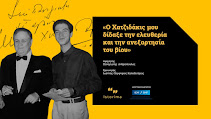



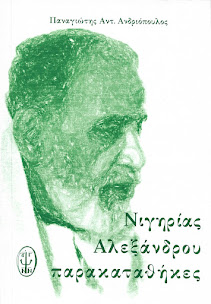

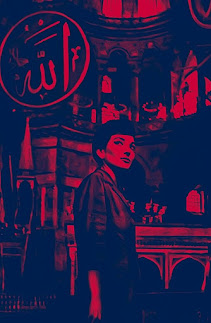
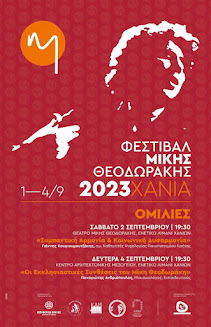
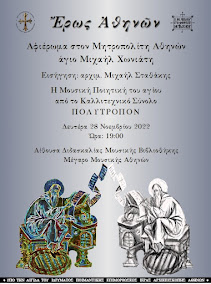

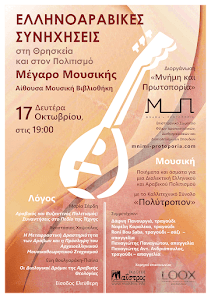



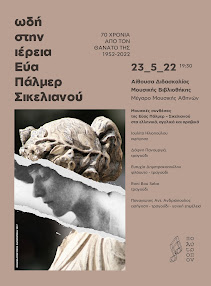





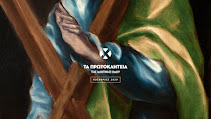

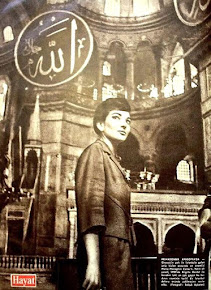
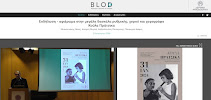
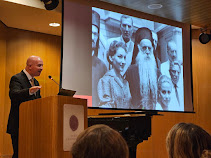
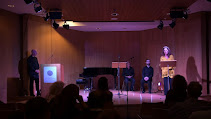




























Δεν υπάρχουν σχόλια:
Δημοσίευση σχολίου